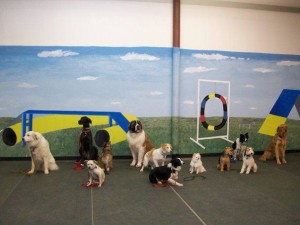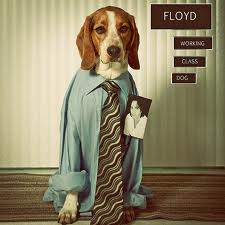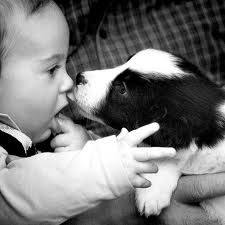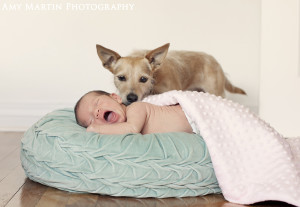What To Look For When Choosing A Dog School
Dealing with problematic dog behavior is a team work in which the owner and the dog behavior consultants participate, and, if necessary, so do veterinarians and other therapists. The ultimate success, visible as a change in the dog’s behavior, is only possible with the maximum commitment and effort which is the reason why it is crucial to know what to look for when choosing a dog school.
The suitability of the person who is giving the professional help is the first of many steps on the road to a better and happier coexistence with your dog.

It is important to stress out that there is a difference between teaching a dog certain commands, such as heal and fetch, and solving problematic behaviors like aggression, destruction, urinating inside and barking too much. Accordingly there is a difference in the level of qualifications and knowledge among persons conducting obedience classes (course leaders, instructors) and those engaged in counseling when dealing with problematic dog behavior (dog behavior consultants).
With this in mind, when looking for a dog schools and someone who will help you with your dog, look for a person who has completed their educations in the field of animal behavior and works using only positive methods and new concepts. A positive and all-inclusive approach based on scientific findings is far more effective than the traditional ones based on wrong assumptions about dog behavior, such as dominance, alpha status, and the use of violent and rough techniques which will only result in bigger problems and the destruction of the dog-owner bond.
Make sure they treat dogs with love and respect – even though this should be a main condition for this type of job that’s not always the case. A person who doesn’t show empathy for dogs, their needs and feelings but considers them to be mindless beings who only act upon their urges is in fact a person who has very little knowledge about dogs and therefore can’t give your dog the help he needs.
One of the most important things you should pay attention to when picking a school for your dog is whether they use devices which cause dogs discomfort and pain. If that is the case stay away from them! No matter the “weight” of the problem, there isn’t a single reason or excuse for hurting a dog. Devices such as chokers, spiked training collars and dog shock collars in anyone’s hands leave adverse effects on the dog’s health (spine, thyroid, heart) as well as the dog’s behavior.
Don’t go to a school which doesn’t even want to meet you or your dog. Just like a veterinarian can’t know what your dog’s sickness is without examining him first, a dog trainer shouldn’t draw conclusions about the dog’s behavior without previously seeing the dog, meeting the family he lives with and gathering enough information to see if the dog needs a dog school or just obedience classes.
In conclusion you should look for a dog school whose only object is to find the cause of the problematic behavior; the reason why the dog acts the way he acts in certain conditions and situations.



